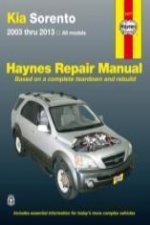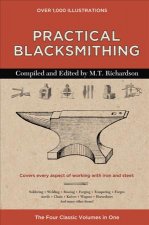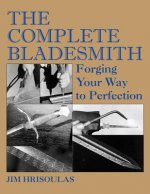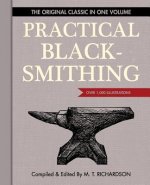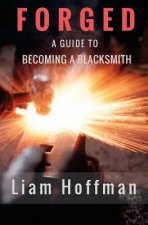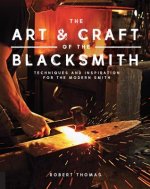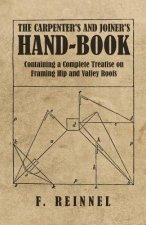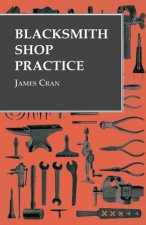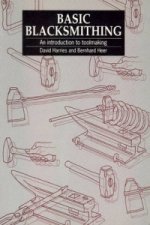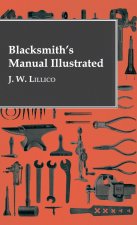
Consegna
Guida all'acquisto





Non ti piace? Non importa! Puoi restituircelo entro 30 giorni
 Buono sconto
Di qualsiasi valore
Buono sconto
Di qualsiasi valore
Non puoi sbagliarti con un buono regalo. Con il buono regalo, il destinatario può scegliere qualsiasi prodotto della nostra offerta.
Blacksmith's Manual Illustrated
 Inglese
Inglese
 112 b
112 b
30 giorni per il reso
Potrebbe interessarti anche


INTRODUCTORY IN compiling this book on Blacksmith work, I have in mind the many little difficulties which arise from time to time in this class of work. In my own experience, and also in that of my fellow workmen, problems both of time saving and labour saving have had to be solved, and the tricks of the trade and wrinkles which have been learned thereby, are passed on in this book to anyone who can make use of them. I trust that they will be found of real service to the young and ambitious smith. Blacksmithing is a trade difficult to learn. Well termed the King of Trades, practically every kindred trade depends on it in some shape or form. Tools, without which modern methods could not be de- veloped, have to be speedily made, repaired and tempered. I have endeavoured in this book to demonstrate, by drawings and simple text matter, specimens of smith work commonly done, and the best, simplest and quickest way to do them. From my own experience, gained at the forges of different engineering works, I have tried to pass on the easiest and best methods of arriving at the finished job. The different types of forged work seen to-day, and the various methods by which they may be done, appear to be endless. It is not surprising, therefore, that many smiths are often at a loss as to how to commence a job and how best to proceed with it. It is no uncommon sight to see a smith commence with what should really be an intermediate or final operation. Valuable time and material is often lost through such methods. With a view to surmounting this difficulty, I have illustrated the finished article, the commencing, following- through and final operations, which have proved under various conditions to be most successful. To become a good smith, the ability to concentrate ones mind on the work in hand is necessary. While the iron is in the lire, the smith should be mentally visualising the various operations to be gone through immediately the iron is ready. He is a poor workman who brings his heated iron below the hammer with no clear idea in his head as to what he intends to do first. A good motto would be, Think first and act afterwards. The smith who is well equipped with tools will often finish his job in one heat, whereas the smith using antiquated methods will require three or four heats for the same job. Some of the tools illustrated in this book might almost be called labour-saving gadgets, as in many cases they have no resemblance to the orthodox tool. The smith who has to rely on his striker has obviously to use different methods from the smith who has the advantage of the steam hammer. Rapid calculations plays an important part in modern smith work, and the smith who can reckon in figures the required length of material necessary to do a certain job has the advantage of his fellow workman who merely relies on guesswork. I do not suggest that the working black- smith should be a skilled mathematician, and I have there- fore embodied in this work one or two simple formulas for calculating length, which will be found to work out very well in practice. These formulas can quickly be acquired by memory, and the smith will then be saved the worry of wondering whether he has cut enough material for a job, or whether he is going to have a big waste of bar. In a sentence, I have endeavoured to show, by illustrations and text matter, how to obtain the length of material for a job, the tools required, and the operations necessary to complete the job in the most expeditious manner.
Informazioni sul libro
 Inglese
Inglese


 Contatto
Contatto Come acquistare
Come acquistare



















